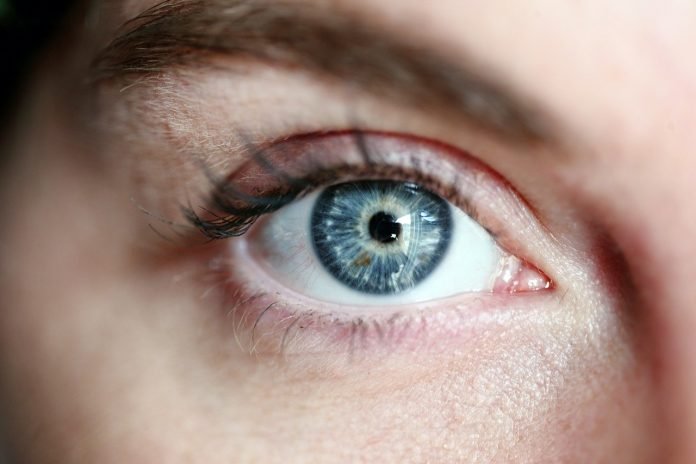
Parkinson’s disease is a progressive disorder of the central nervous system that affects millions of people worldwide.
Diagnosis is typically based on symptoms like tremors, muscle stiffness, and impaired balance—an approach that has big limitations.
The issue with that method is that patients usually develop symptoms only after prolonged progression with a significant injury to dopamine brain neurons.
This means that doctors are diagnosing patients late in the disease process.
In a recent study at the University of Florida, researchers found that a simple eye exam combined with powerful artificial intelligence (AI) machine learning technology could provide early detection of Parkinson’s disease.
The finding was presented at the annual meeting of the Radiological Society of North America (RSNA). One author is Maximillian Diaz.
Previous studies have shown that Parkinson’s Disease progression is characterized by nerve cell decay that thins the walls of the retina, the layer of tissue that lines the back of the eyeball.
The disease also affects the microscopic blood vessels, or microvasculature, of the retina.
These characteristics offer an opportunity to leverage the power of AI to examine images of the eyes for signs of Parkinson’s disease.
In the study, the team deployed a type of AI called support vector machine (SVM) learning that has been around since 1989.
Using pictures of the back of the eye from both patients with Parkinson’s disease and control participants, they trained the AI to detect signs on the images suggestive of disease.
The results showed that machine learning networks can classify Parkinson’s disease based on retina vasculature, with the key features being smaller blood vessels.
The proposed methods further support the idea that changes in brain physiology can be observed in the eye.
The team noted that those traditional imaging approaches with MRI, CT and nuclear medicine techniques can be very costly.
In contrast, the new approach uses basic photography with equipment commonly available in eye clinics to get an image. The images can even be captured by a smartphone with a special lens.
It’s just a simple picture of the eye, a patient can have it done in less than a minute, and the cost of the equipment is much less than a CT or MRI machine.
The approach may also have applications in identifying other diseases that affect the structure of the brain, such as Alzheimer’s disease and multiple sclerosis.
Copyright © 2021 Knowridge Science Report. All rights reserved.



